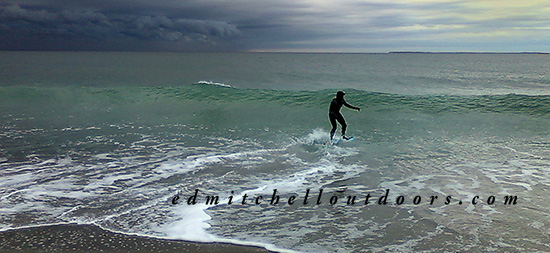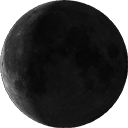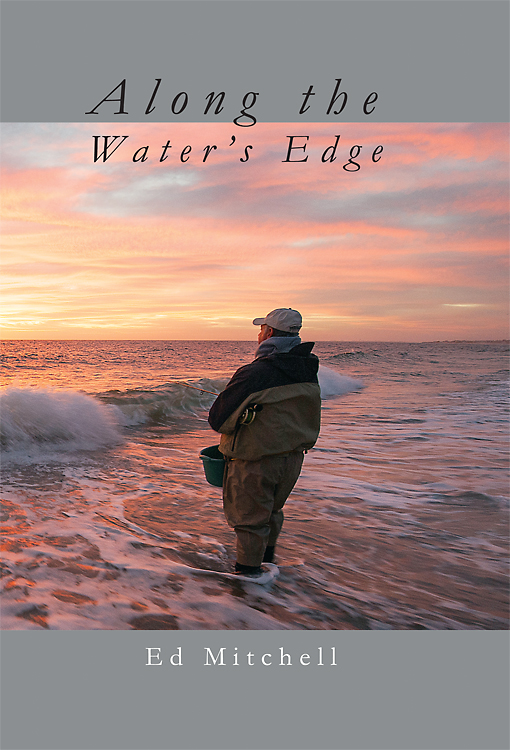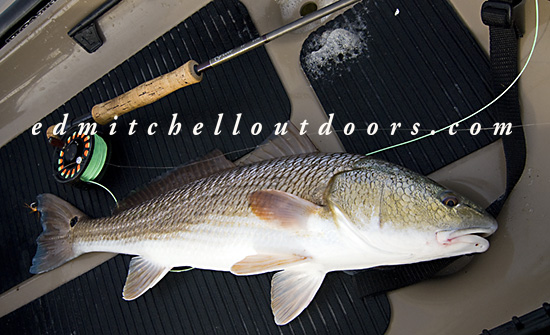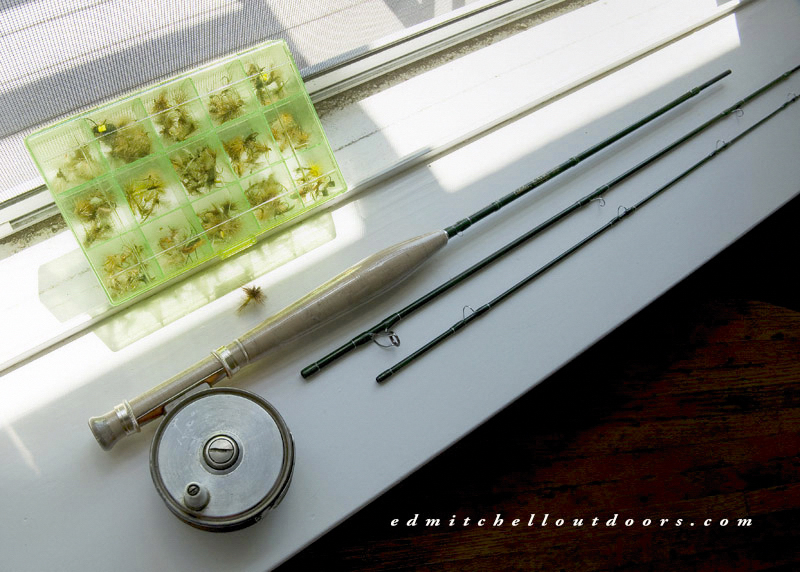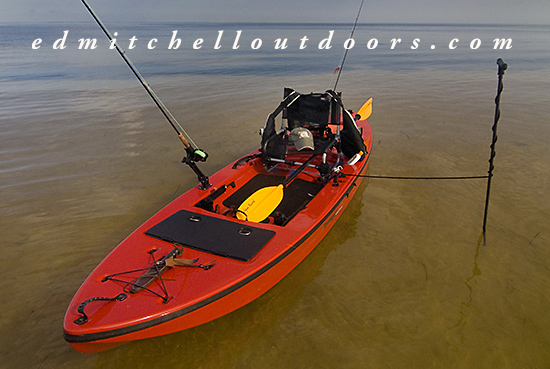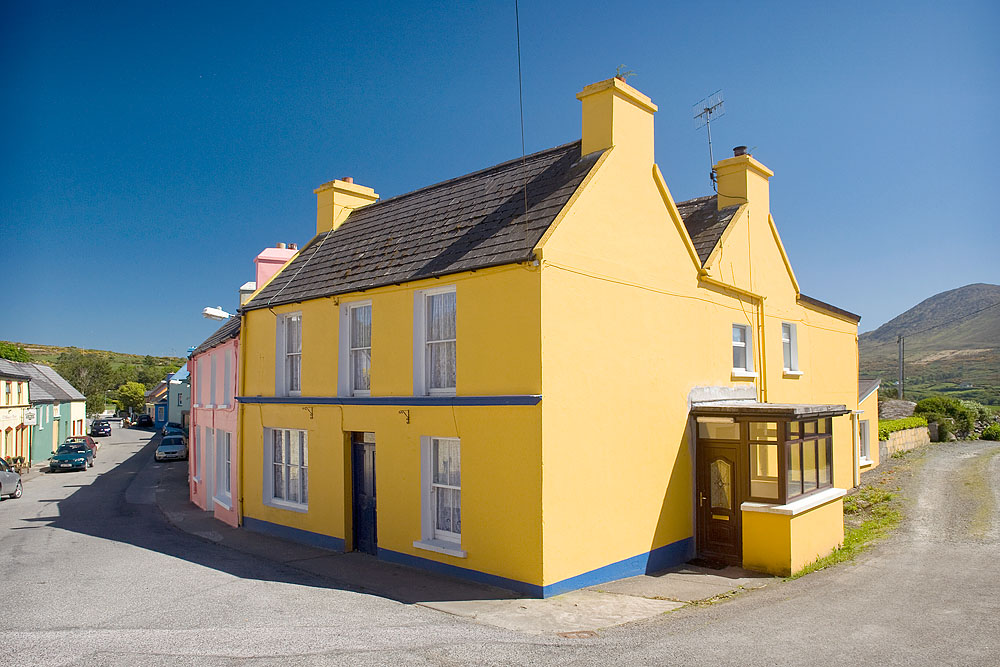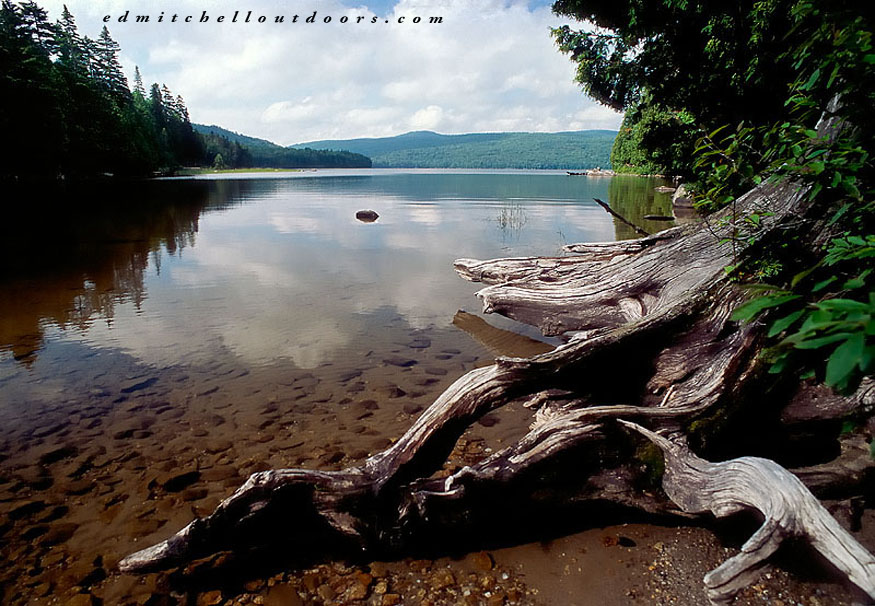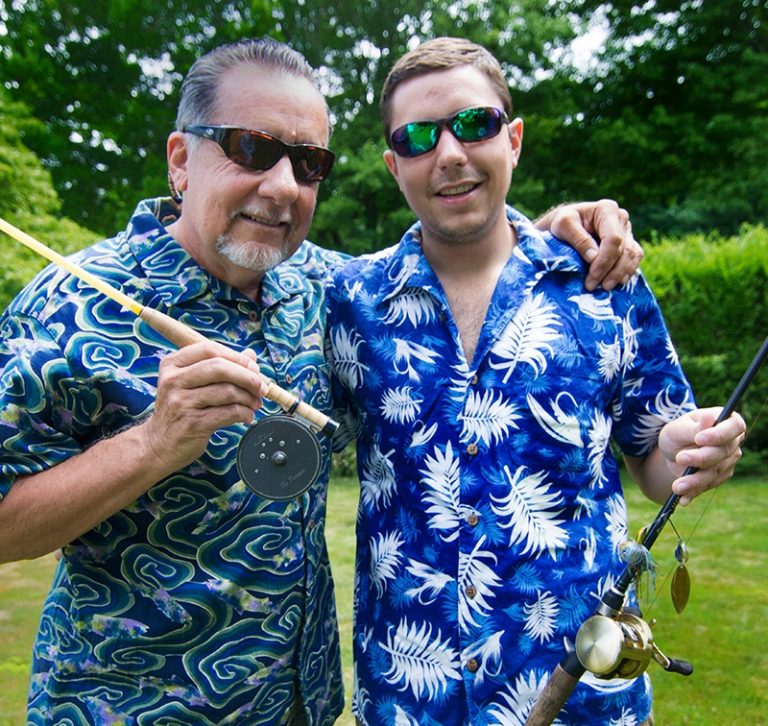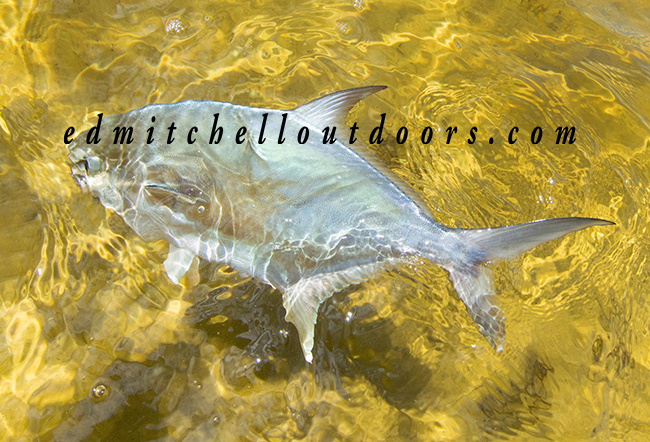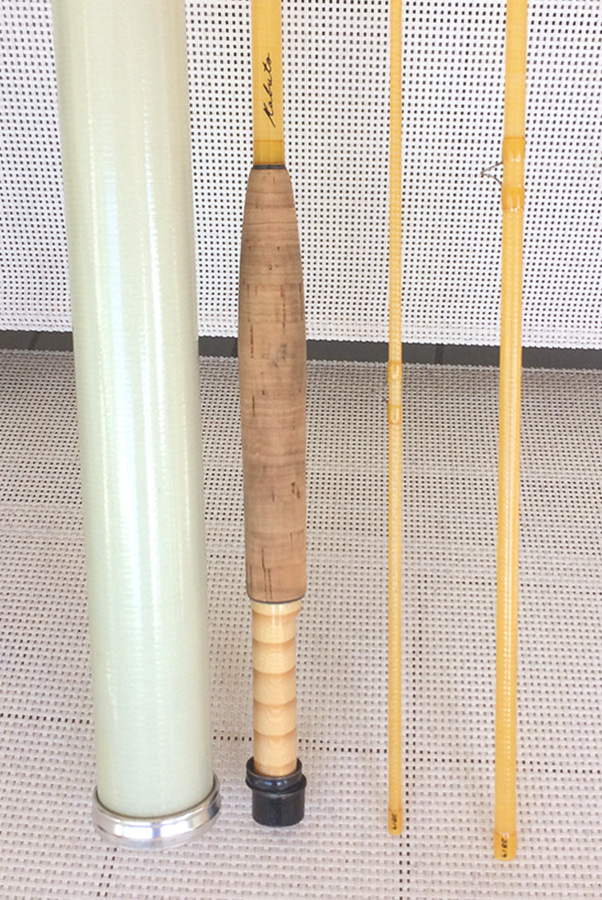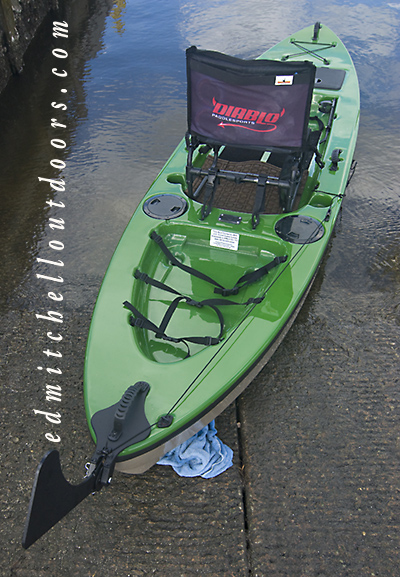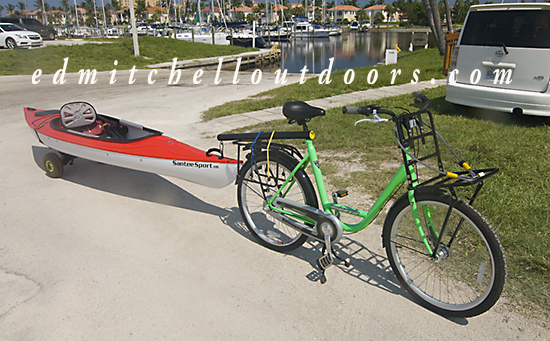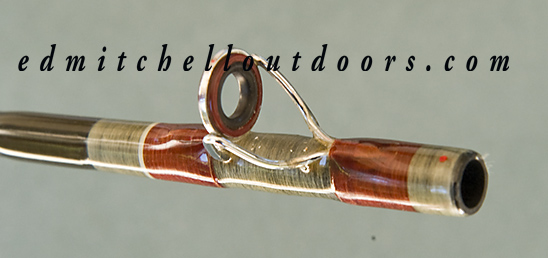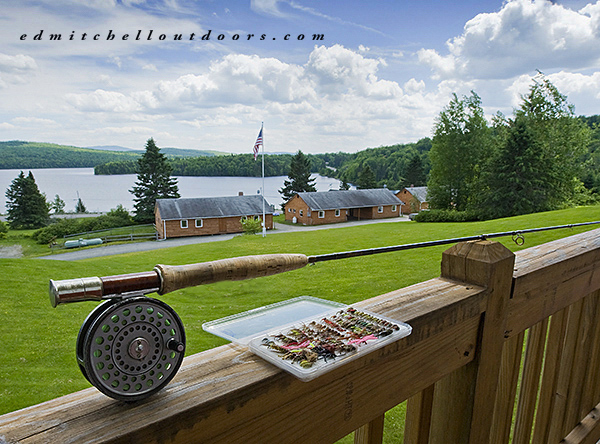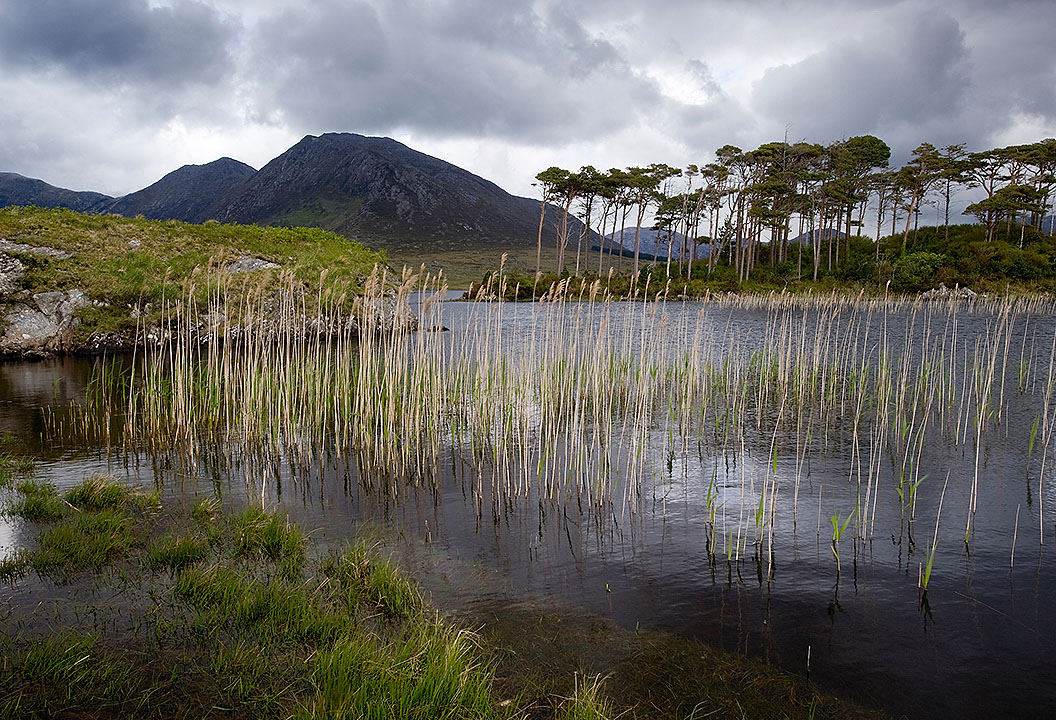Yesterday, on my way to the beach, I found a mute swan on the road. Most likely it flew into the electrical wires across the street. Perhaps she was momentarily blinded by the low angle of the sun.
These are big beautiful birds, but frankly they don’t belong here. Introduced around 1860 as an ornamental attraction for estates, the mute swan population has exploded. An adult can eat upwards of 8 pounds of aquatic vegetation a day. And you can imagine how much stuff must come out the other end. Bad news. Besides that aquatic vegetation is need by native fish, shellfish, and birds.
Besides damaging our aquatic ecosystem, mute swans pose a threat. Never be fooled by their serene demeanor, mute swans are highly aggressive. Do not hand feed them! It’s flat out dangerous, particularly for children. The average male swan tips the scales at 25 pounds and has roughly a 7 foot wing span. It will charge suddenly, especially during the breeding season. Bruises, and fracture bones can be the result. And there are two human fatalities on record. Mute swans are trouble. We should get rid of them.


